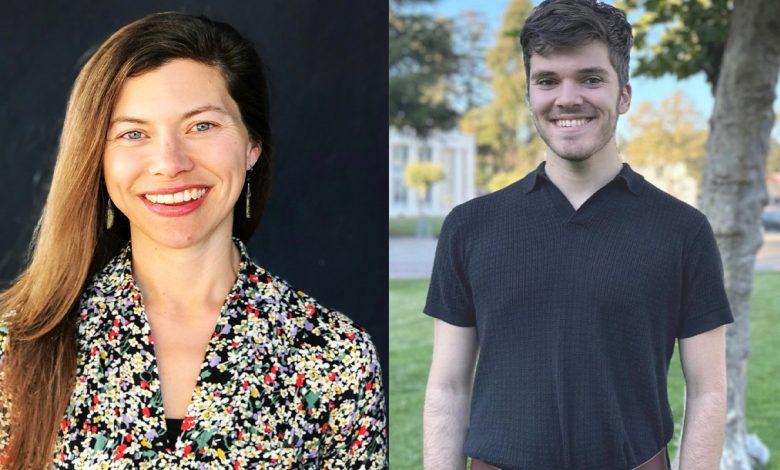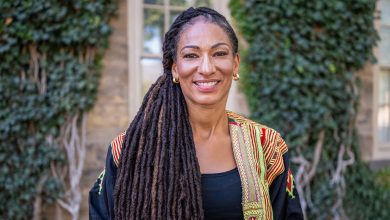2024 Local Elections: Q&A for Oakland Unified School Candidates, District 1

By Magaly Muñoz
In a few weeks, Oakland residents will vote for new school board directors in four separate districts across the city.
The Post reached out to the eight candidates across Districts 1, 3, 5, and 7 to see what their views are on various topics concerning the OUSD community. Below are questions and answers from District 3 candidates Dwayne Aikens Jr and VanCendric Williams.
Responses have been edited for length and clarity.
Q1: What do you think the biggest challenge will be to address while on the board?
Aikens: One of the biggest things to address while being on the board, we’re definitely making sure that we’re being structurally creative and smart about the resources that’s coming into OUSD, so that after we get out of state receivership, that we can stand on our own and just be able to function as a large school district.
Williams: The biggest challenge is the sustainability of our overall school district. We’ve been under state oversight for 20 years, and our district has lost 15,000 students to charter schools, significantly impacting our public school budget. Year after year, we face more school cuts and budget adjustments while trying to redesign school closures to ensure stability. Still, inevitably, we continue to balance the budget on the backs of our Black students.
Furthermore, to address our public schools’ inequities, we must prioritize resource allocation and ensure that schools in underserved areas receive adequate funding and resources to provide a quality education.
Retaining qualified teachers and classified support professionals by enhancing their professional growth will benefit our student’s academic outcomes, especially in schools with higher stress levels and fewer resources.
Q2: Given the large financial debt OUSD has and the looming threat of school closures, how will you ensure that funding for essential resources remain for students? What ideas do you have that do not include closing down schools?
Aikens: The ideas that I have around not closing down schools is really leveraging being here in Silicon Valley and the Bay Area and partnering more with entities that are Fortune 500 companies, as well as some of the tech companies. I think we need to do more of that to make sure that we’re not just depending on tax revenue to solve the problems.
I don’t think that we need to close down any schools. I think that we need to invest in the schools that we have, make sure that they’re all performing up to a level to make them attractive for people that live in the community to send their kids to instead of sending them to Berkeley and other school districts outside of OUSD.
Williams: Addressing the financial challenges of OUSD, while ensuring essential resources remain available for students, is a complex task. We must be intentional about efficient resource allocation, conducting a thorough budget audit of current expenditures to identify and eliminate inefficiencies.
Second, a key strategy in our proposal is to establish and strengthen community partnerships. We can secure additional funding and resources by forging alliances with local businesses, non-profits, and community organizations.
Third, we can organize district-wide fundraising campaigns and events to generate additional revenue. We can also explore opportunities to share services and resources with neighboring schools.
Finally, a crucial part of our proposal is to advocate for increased education funding at the state and federal levels.
Q3: Students have reported feeling as though there is not enough inclusivity amongst their peers, often feeling a divide with those of other race and ethnic backgrounds. What do you think is the best way to foster an environment where students are not feeling excluded because of their background and differences to peers?
Aikens: We definitely have to figure out better ways to deal with tough situations and conversations when it comes to race, gender and just differences. We also need to teach compassion through learning.
We should bring in an expert that studies multiple backgrounds to have tough conversations, so our biases as the adult and the leader won’t overshadow the conversation or shut down some of the conversation that a young person or another staff member may have.
Williams: We must foster a culture that encourages more student-led initiatives, clubs, and activities that promote diversity and inclusion. Creating restorative circles and safe spaces for open dialogue about race, ethnicity, and students with disabilities can help students express their feelings and learn from each other, further fueling their motivation.
Another way to foster an inclusive environment is to organize events and activities celebrating different cultures and backgrounds. These can build community, appreciation for diversity, and connections across various backgrounds.
Finally, we can provide cultural competency training for teachers and staff, which can help them address the diverse needs of their students. Implementing a culturally relevant curriculum can also help students see themselves reflected in their education and learn about different cultures and experiences.





